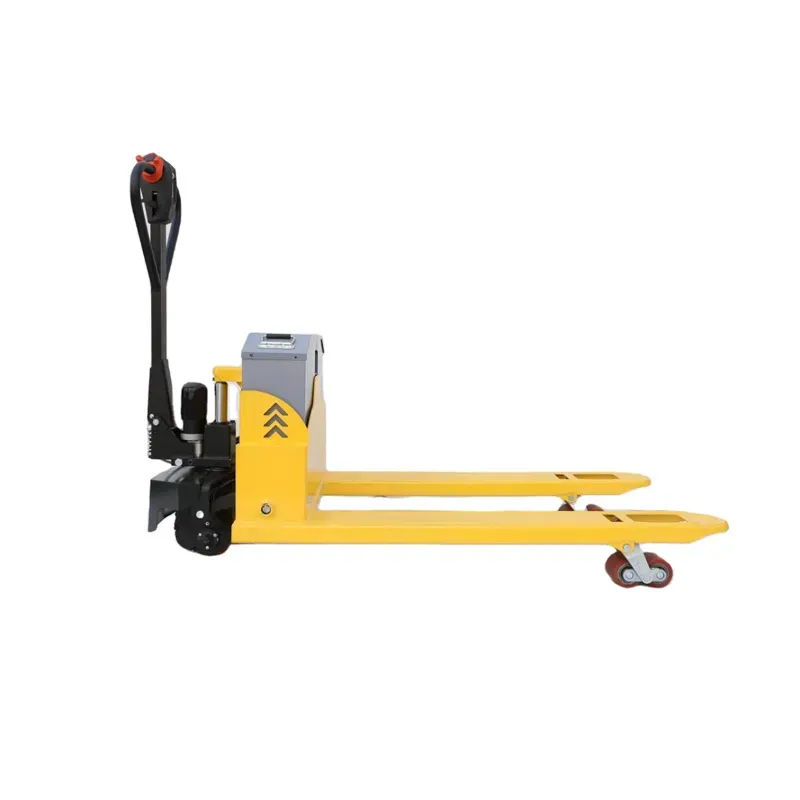


Understanding the Working Principle of Chain Hoists
Chain hoists are indispensable tools in various industries, ranging from construction and manufacturing to warehousing and logistics. Their primary function is to lift heavy loads vertically, allowing for efficient handling of materials that would be otherwise too cumbersome or dangerous to move manually. Understanding the working principle of chain hoists can help in their effective operation and maintenance, ensuring safety and prolonged service life.
At its core, a chain hoist operates using a combination of mechanical advantage and human or motor power. The essential components of a chain hoist include a chain, a hoisting mechanism, a gearbox, and a hook or attachment point. When examining the working principle, several key features come into play.
Understanding the Working Principle of Chain Hoists
2. The Hoisting Mechanism As the chain is pulled, it wraps around a drum or a series of gears within the hoist, transferring the force applied by the operator into upward motion. Most chain hoists feature a ratchet mechanism that engages and holds the load in place when the lifting force is applied. This mechanism prevents the load from descending unintentionally, which adds a significant layer of safety.

3. Gearbox and Mechanical Advantage The gearbox plays a crucial role in amplifying the operator's effort. It consists of gears that convert the rotational motion of the chain into linear motion, effectively multiplying the force applied. This allows a relatively small amount of input force to lift a significantly larger weight, which is especially useful in applications requiring lifting heavy loads.
4. Manual vs. Electric Chain Hoists Chain hoists can be categorized into two main types manual and electric. Manual chain hoists require physical effort from the operator to pull the chain, which may be suitable for lighter loads or infrequent use. Electric chain hoists, on the other hand, employ an electric motor to automate the lifting process. This allows for the handling of heavier loads with less physical strain on the operator, increasing overall productivity.
5. Safety Features Safety is paramount when using chain hoists. Most modern designs incorporate several safety features, such as overload protection. This feature ensures that the hoist will not operate if the load exceeds its capacity, helping to prevent accidents. Additionally, chain hoists often come equipped with limit switches that stop the hoisting action once the maximum height is reached, further ensuring safe operation.
6. Applications in Various Industries Chain hoists find applications across various sectors. In construction, they are used for lifting steel beams and other heavy structural components. In manufacturing, chain hoists assist in assembly lines by moving components. They are also vital in warehousing for lifting goods to shelves or transporting heavy equipment.
In conclusion, the working principle of chain hoists embodies a harmonious blend of mechanical engineering and practical design. By understanding how these devices operate—from the mechanics of the chain and hoisting mechanism to the role of the gearbox—operators can enhance their efficiency, ensure safe operation, and appreciate the power of mechanical advantage in lifting applications. Whether in manual or electric form, chain hoists remain a cornerstone of heavy lifting and material handling in modern industry, continuing to evolve with advancements in technology and safety standards.



